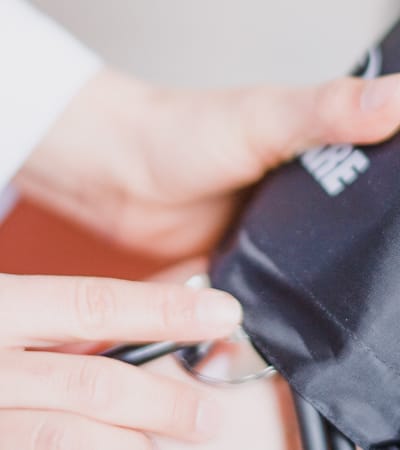Polydactyly of the Hand
Causes
Polydactyly of the hand occurs during pregnancy. When the baby develops in the womb and forms fingers, a single finger can divide, creating an extra finger. In some children, there is no known cause; however, it is a genetic trait in other children. People of African descent are more likely to develop an extra finger without a congenital (present at birth) disorder.
Symptoms
Extra fingers are typically small, abnormally developed, and are made up of skin, soft tissue, and a bone with or without a joint. Polydactyly most commonly occurs on the small finger side of the hand. In some cases, the extra finger may be fully formed and even functional.
Treatment
Polydactyly is treated with surgery to remove the extra fingers shortly after birth. After surgery, the child will wear a bandage or cast for a few weeks. Physical and occupational therapy may be recommended to reduce scarring, stiffness, and swelling.




